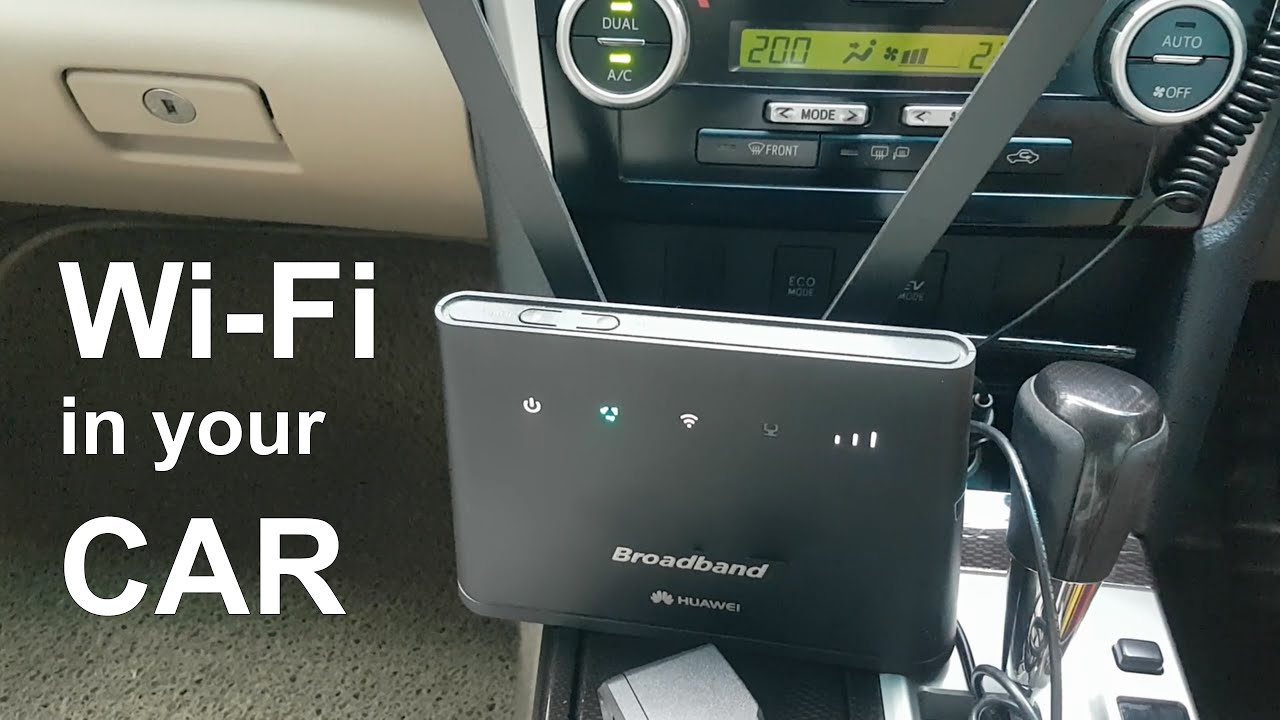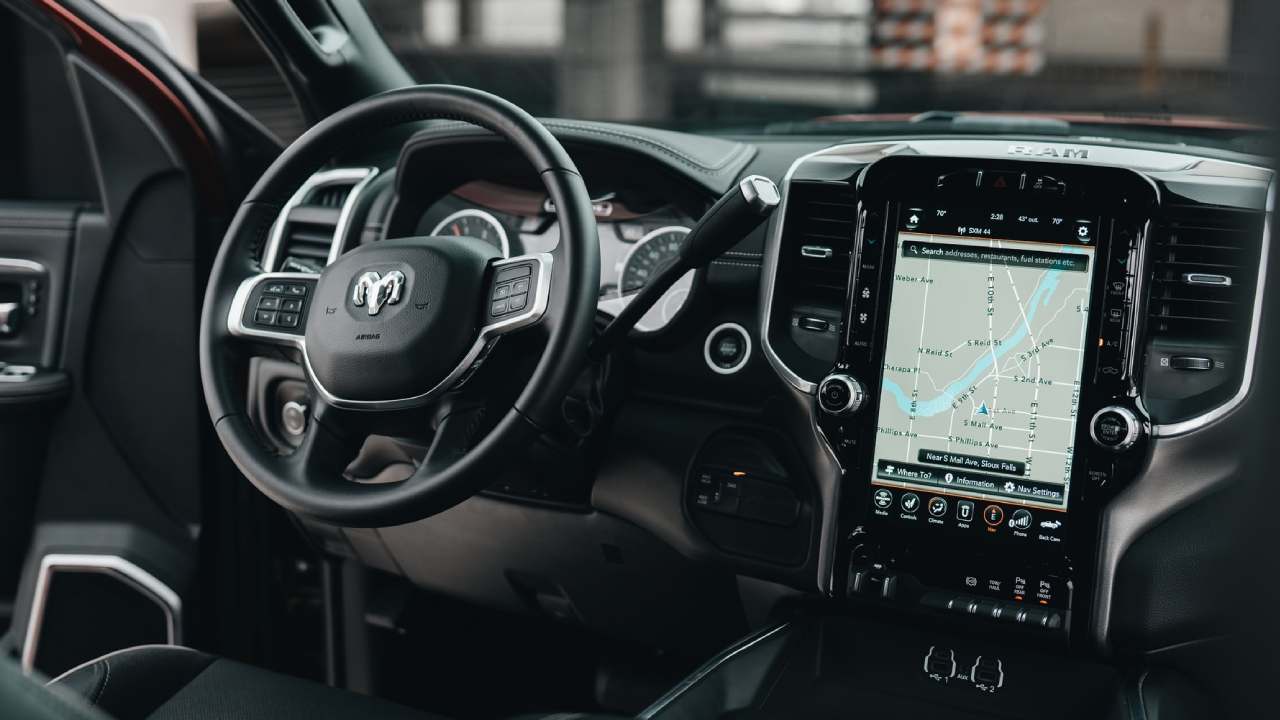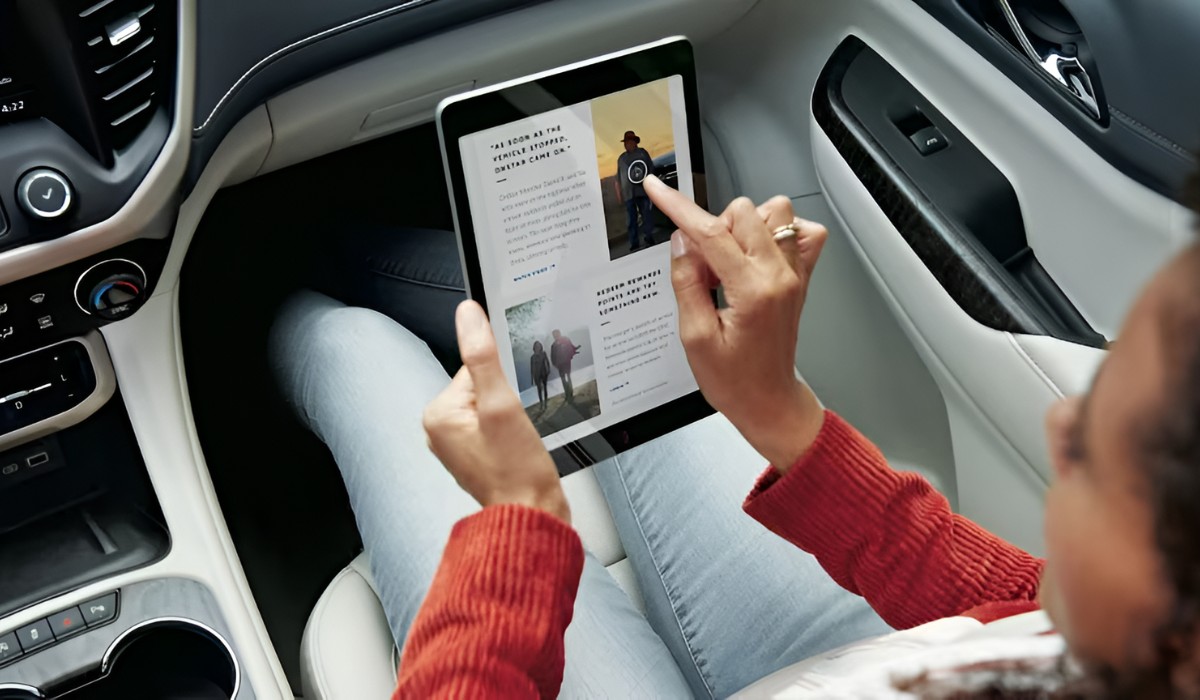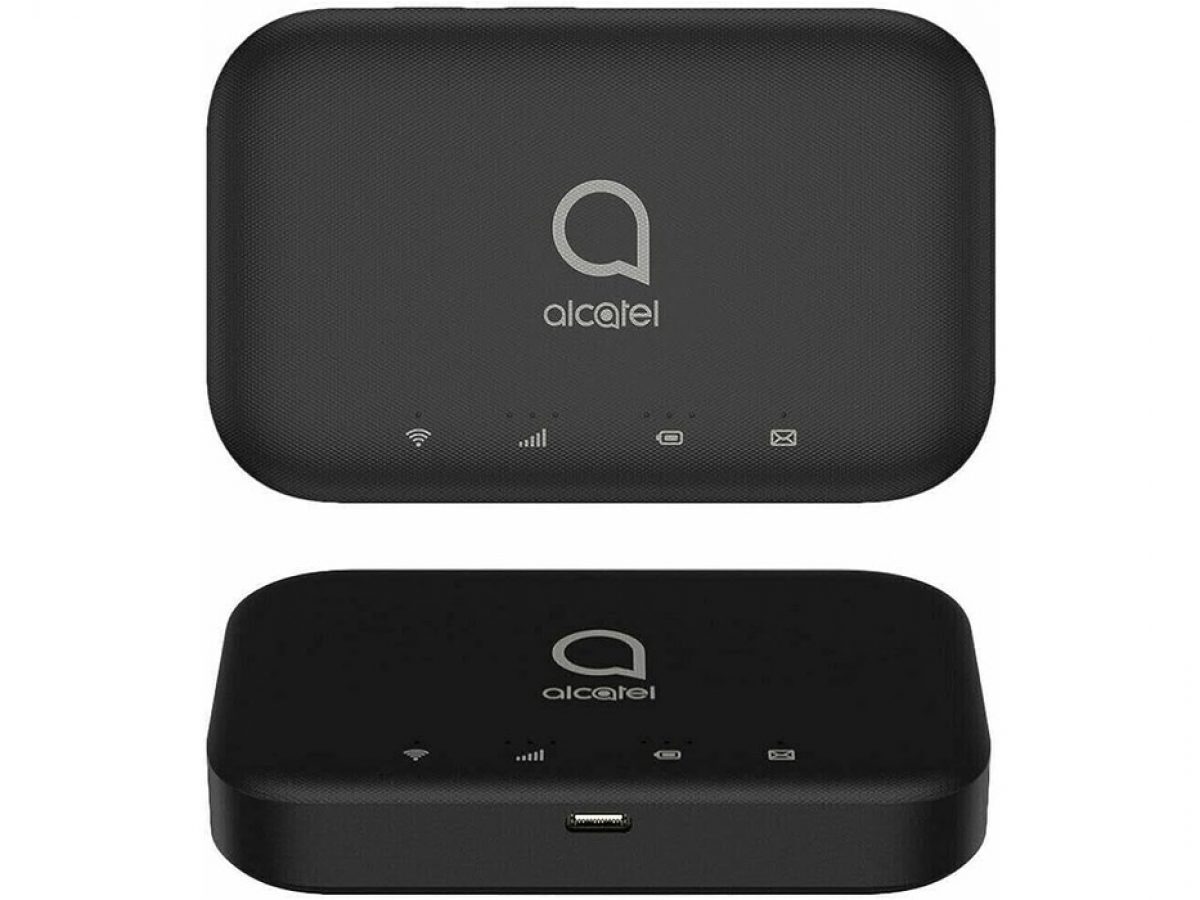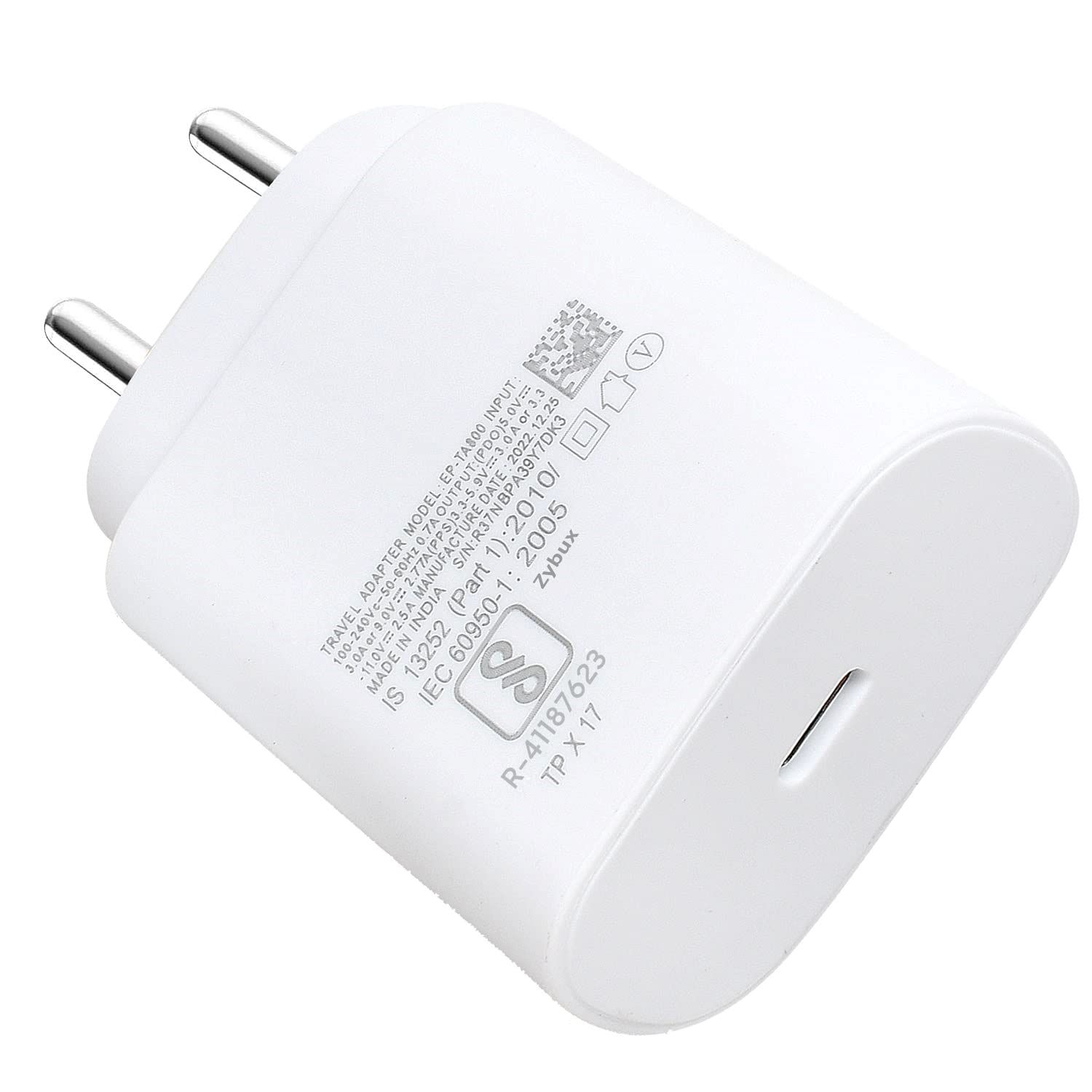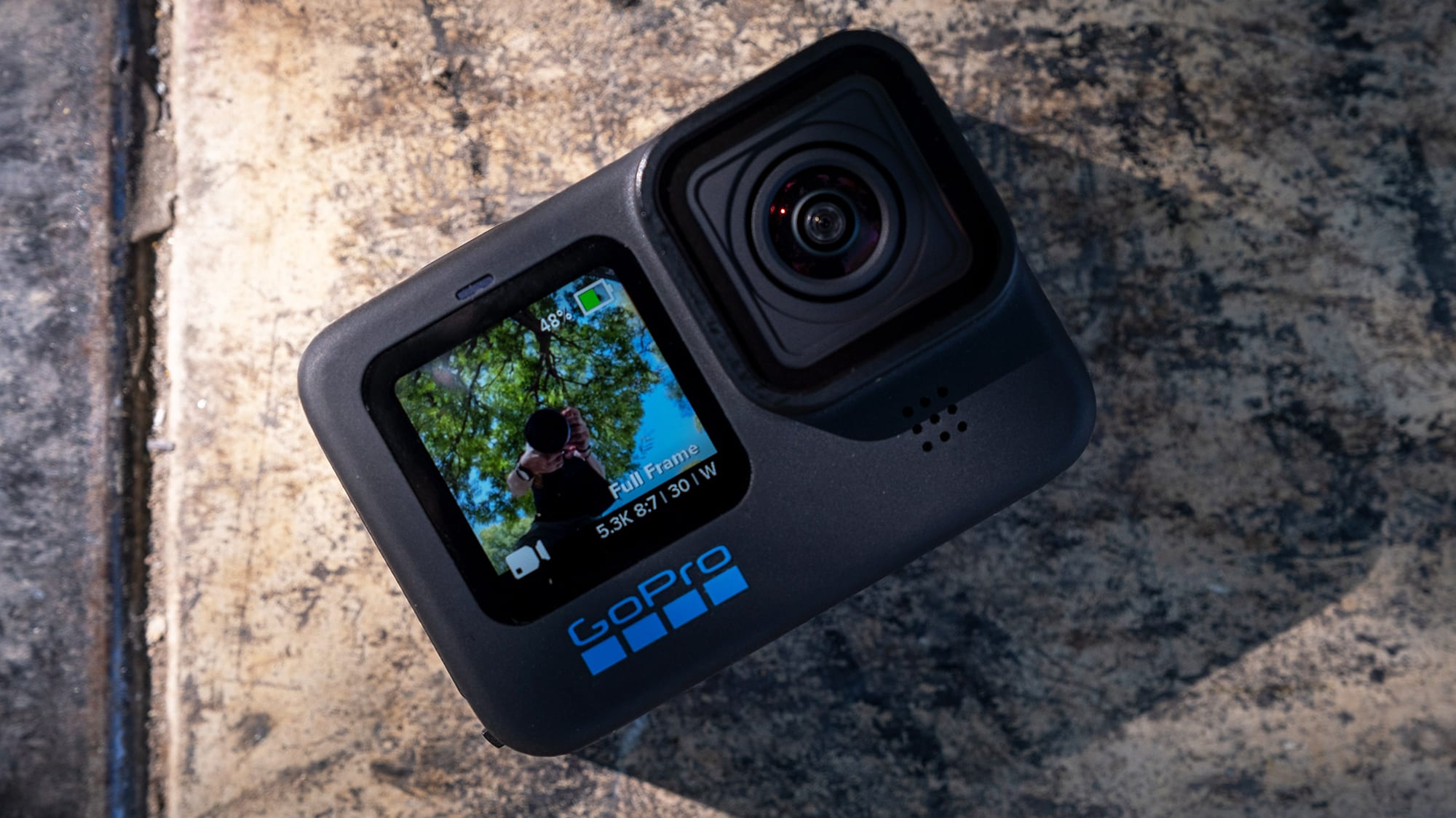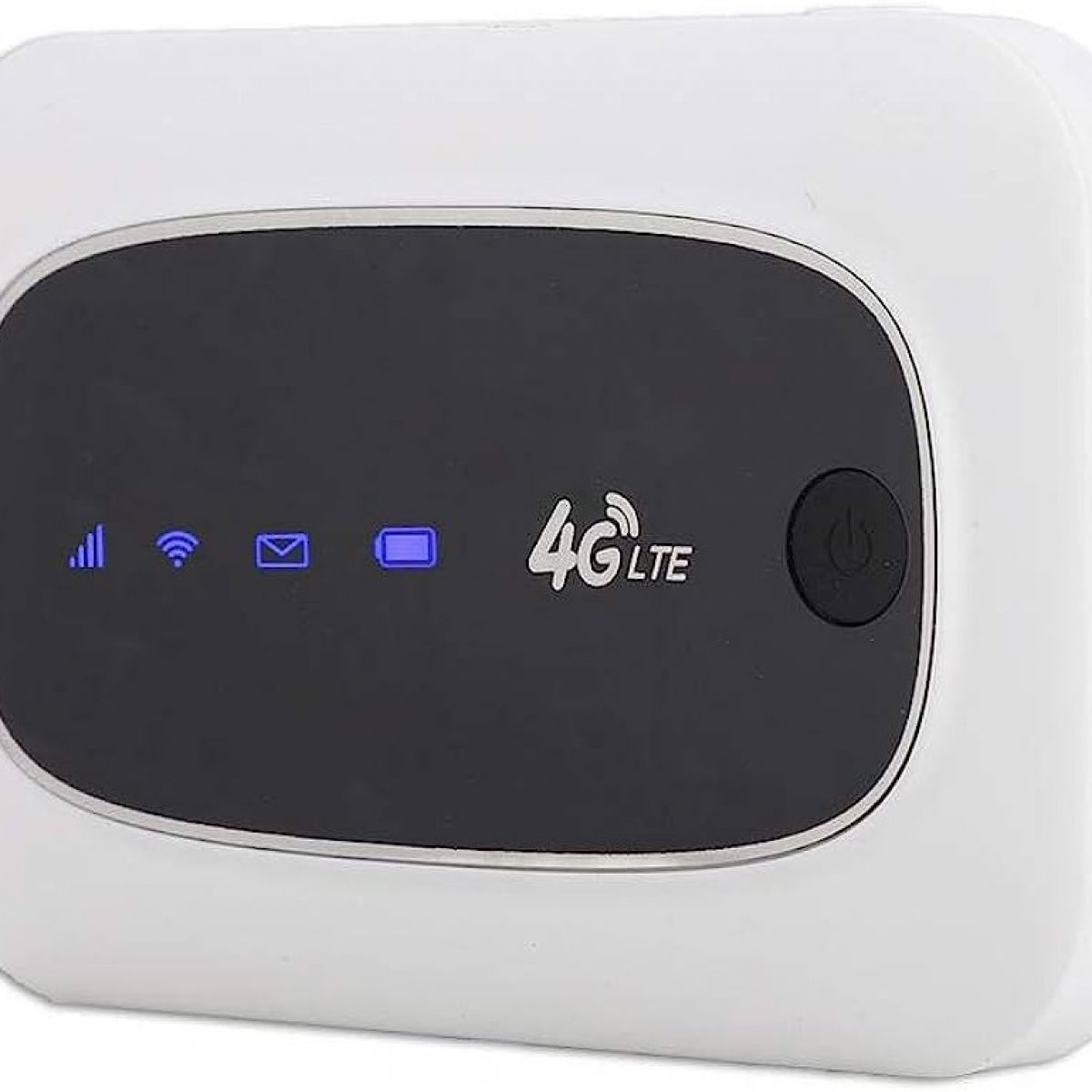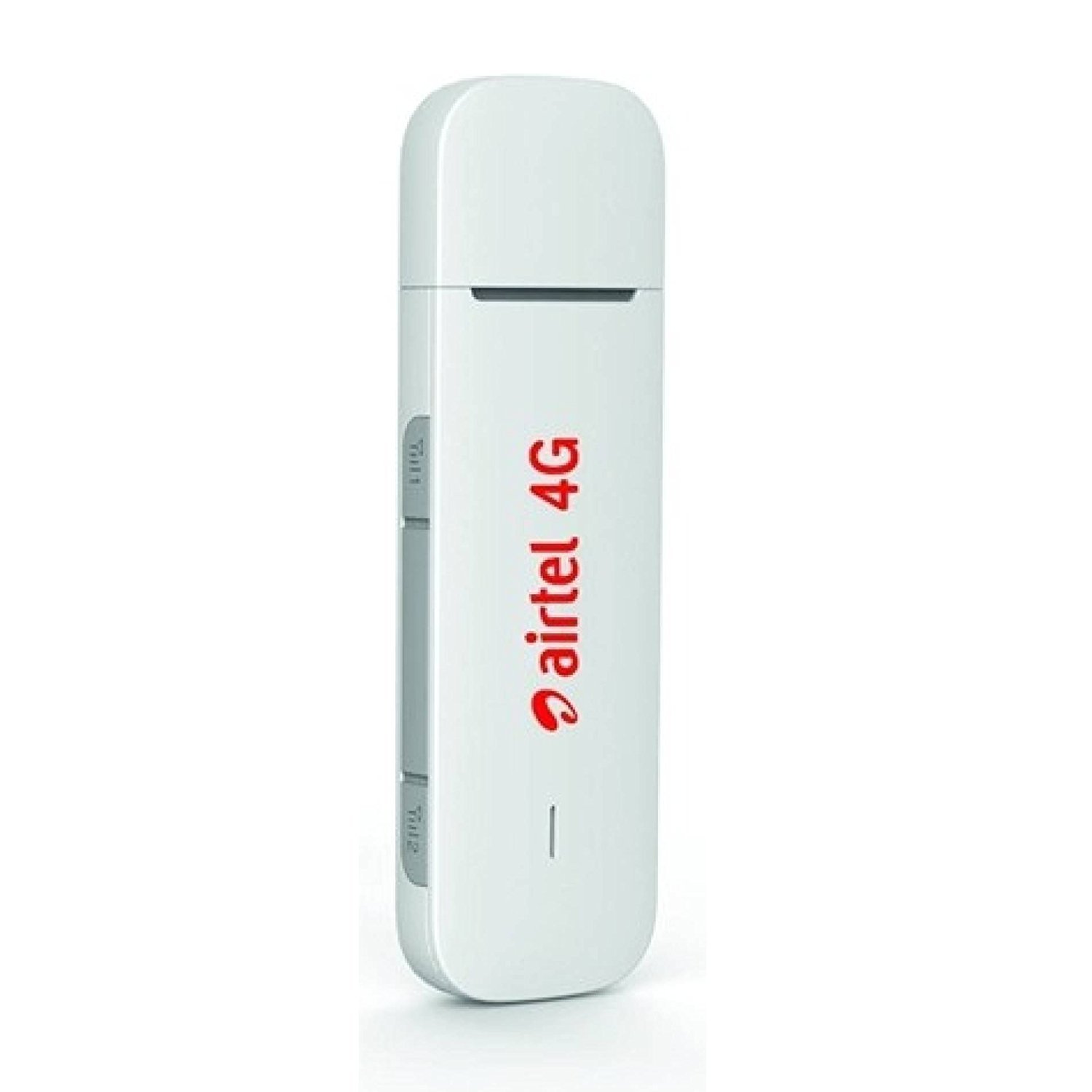Introduction
In today's fast-paced world, staying connected is no longer a luxury but a necessity. Whether you're on a road trip, commuting to work, or simply running errands, having a reliable internet connection can significantly enhance your driving experience. Fortunately, with the advancements in technology, turning your car into a wireless hotspot is now a feasible and practical endeavor.
By transforming your vehicle into a mobile Wi-Fi hotspot, you can ensure that everyone onboard remains connected and entertained throughout the journey. This means seamless access to streaming services, online gaming, video calls, and navigation assistance, all from the comfort of your car. Moreover, having a wireless hotspot in your car can be a game-changer for professionals who need to stay productive while on the move, allowing them to attend virtual meetings, respond to emails, and access cloud-based resources without interruption.
In this comprehensive guide, we'll delve into the intricacies of setting up a wireless hotspot in your car, from selecting the right equipment to troubleshooting and maintenance tips. Whether you're a tech enthusiast looking to embark on a DIY project or a busy parent seeking to keep the kids entertained during long drives, this guide will equip you with the knowledge and insights needed to create a reliable and secure mobile Wi-Fi hotspot in your vehicle.
So, fasten your seatbelt and get ready to explore the fascinating world of car connectivity. With the right tools and know-how, you'll soon be cruising down the digital highway with a seamless and robust wireless connection at your fingertips. Let's dive into the details and uncover the steps to transform your car into a cutting-edge mobile hotspot.
Choose the Right Equipment
To embark on the journey of turning your car into a wireless hotspot, the first and foremost step is to select the appropriate equipment. The choice of equipment plays a pivotal role in determining the reliability, performance, and compatibility of your mobile Wi-Fi setup. Here's a detailed look at the essential components you'll need to consider:
1. Mobile Hotspot Device:
The cornerstone of your car's wireless connectivity, the mobile hotspot device serves as the central hub for transmitting internet signals to your devices. When selecting a mobile hotspot device, it's crucial to opt for one that is specifically designed for vehicular use. Look for features such as rugged construction, compact size, and reliable signal strength to ensure seamless performance even in challenging driving conditions.
2. Data Plan:
Equally important is choosing the right data plan to power your mobile hotspot. Consider your typical usage patterns, such as the number of devices that will be connected, the frequency of usage, and the data consumption habits of the users. Select a data plan that offers sufficient data allocation and reliable network coverage, keeping in mind that uninterrupted connectivity is essential, particularly during long journeys.
3. Antenna and Signal Boosters:
Enhance the signal reception and range of your mobile hotspot by investing in high-quality antennas and signal boosters. These components can significantly improve the strength and stability of your wireless connection, especially in areas with weak network coverage. Look for antennas designed for vehicular applications and signal boosters that are compatible with your chosen mobile hotspot device.
4. Power Supply and Charging:
Since your mobile hotspot device will be operational while you're on the move, ensuring a reliable power supply is crucial. Invest in a suitable power source, such as a dedicated car charger or a power bank with a high capacity. Additionally, consider the power requirements of your mobile hotspot device and ensure that the chosen power supply can sustain continuous operation without interruptions.
5. Mounting and Placement:
Proper mounting and placement of the mobile hotspot device within your car can significantly impact its performance. Choose a secure and accessible location for installing the device, ensuring that it is not obstructing the driver's view or posing any safety hazards. Additionally, consider factors such as heat dissipation and protection from environmental elements when deciding on the placement of the equipment.
By carefully selecting the right equipment for your car's wireless hotspot setup, you can lay a solid foundation for a reliable and efficient mobile connectivity solution. With the essential components in place, you'll be well-prepared to proceed with the installation process and bring your vision of a seamlessly connected car to life.
This section provides a comprehensive overview of the key equipment considerations, empowering you to make informed decisions and set the stage for a successful implementation of your car's wireless hotspot.
Installation Process
Now that you've carefully chosen the right equipment for your car's wireless hotspot, it's time to delve into the installation process. This phase marks the transition from planning to action, where you'll bring together the various components and set the stage for a seamlessly connected driving experience. Here's a detailed walkthrough of the installation process, guiding you through the essential steps to transform your car into a mobile Wi-Fi hotspot.
1. Preparing the Mobile Hotspot Device:
Begin by familiarizing yourself with the mobile hotspot device and its accompanying accessories. Ensure that the device is fully charged and ready for installation. Familiarize yourself with the device's interface and settings, as you'll need to configure it to suit your specific requirements.
2. Identifying the Placement Location:
Select a suitable location within your car to install the mobile hotspot device. Opt for a spot that offers easy accessibility, minimal interference with other car functions, and adequate ventilation to prevent overheating. Consider factors such as cable routing and signal reception when finalizing the placement.
3. Power Connection and Setup:
Connect the mobile hotspot device to the chosen power supply, ensuring a secure and stable connection. Follow the manufacturer's guidelines for powering up the device and initializing the setup process. Configure the device's settings, such as network preferences and security features, to align with your connectivity needs.
4. Antenna and Signal Booster Installation:
If you've opted for external antennas and signal boosters, proceed with their installation as per the manufacturer's instructions. Position the antennas strategically to maximize signal reception and minimize interference. Test the signal strength and make any necessary adjustments to optimize the performance of the antennas.
5. Network Configuration and Testing:
Once the hardware components are in place, proceed to configure the network settings on the mobile hotspot device. Ensure that the device is connected to the appropriate network, and verify the internet connectivity by accessing a few websites or online services. Test the connection across different areas to gauge its stability and range.
6. Finalizing the Setup:
After confirming the functionality of the wireless hotspot, secure the cables and components in their designated positions. Double-check the power connections and ensure that all components are securely mounted. Take a test drive to evaluate the performance of the wireless hotspot in real-world driving conditions, making note of any potential issues or areas for improvement.
By following these detailed steps, you can successfully navigate through the installation process and bring your vision of a connected car to fruition. The installation phase lays the groundwork for a reliable and efficient mobile Wi-Fi hotspot, setting the stage for seamless connectivity during your journeys. With the hardware components in place and the network settings configured, you're now ready to embark on the next phase of setting up the wireless hotspot in your car.
Setting Up the Wireless Hotspot
With the installation process successfully completed, the next crucial step is to set up the wireless hotspot within your car. This phase involves configuring the network settings, establishing secure connections, and optimizing the performance of your mobile Wi-Fi setup. By following the steps outlined below, you can ensure that your car's wireless hotspot operates seamlessly, providing reliable connectivity for all onboard devices.
1. Network Configuration:
Begin by accessing the administrative interface of your mobile hotspot device. This typically involves connecting to the device's Wi-Fi network and accessing its settings through a web browser or a dedicated mobile app. Once logged in, navigate to the network configuration section, where you can customize essential parameters such as the network name (SSID), security protocols, and password.
2. SSID and Security Settings:
Choose a unique and easily recognizable SSID for your car's wireless hotspot. Avoid using generic or easily guessable names to enhance security and prevent unauthorized access. Additionally, configure robust security settings, such as WPA2 encryption and a strong password, to safeguard the network against potential intrusions. Implementing these measures is crucial for protecting sensitive data and ensuring a secure browsing experience for all connected devices.
3. Device Pairing and Access Control:
If your mobile hotspot device supports device pairing and access control features, take advantage of these functionalities to manage connected devices effectively. By assigning specific permissions and restrictions to individual devices, you can maintain control over the network usage and prevent unauthorized access. This is particularly useful for managing multiple users and ensuring fair and secure utilization of the wireless hotspot.
4. Performance Optimization:
Optimize the performance of your car's wireless hotspot by fine-tuning advanced settings such as channel selection, signal strength, and bandwidth allocation. Depending on the capabilities of your mobile hotspot device, you may have access to features that allow for prioritizing certain types of traffic, optimizing data throughput, and minimizing interference from neighboring networks. Adjust these settings to align with your specific connectivity requirements and enhance the overall performance of the wireless hotspot.
5. Connectivity Testing:
After configuring the network settings, conduct thorough connectivity testing to ensure that the wireless hotspot is functioning as intended. Connect multiple devices to the network and assess the speed, stability, and range of the connection. Verify that all essential online activities, such as web browsing, video streaming, and file downloads, can be performed seamlessly across various areas within and around the car.
By meticulously setting up the wireless hotspot in your car and fine-tuning its network parameters, you can establish a robust and secure mobile Wi-Fi environment. With the network configuration optimized and the security measures in place, your car's wireless hotspot is poised to deliver uninterrupted connectivity and enhanced digital experiences for all occupants.
Security Measures
Ensuring the security of your car's wireless hotspot is paramount to safeguarding sensitive data and preventing unauthorized access. By implementing robust security measures, you can create a secure and reliable mobile Wi-Fi environment for all connected devices. Here's a comprehensive overview of the essential security measures to fortify your car's wireless hotspot:
-
Strong Encryption Protocols:
Implement industry-standard encryption protocols, such as WPA2 (Wi-Fi Protected Access 2), to secure the communication between connected devices and the mobile hotspot. Encryption plays a crucial role in preventing eavesdropping and unauthorized interception of data transmitted over the network. -
Unique and Complex Passwords:
Set a strong and unique password for your wireless hotspot, utilizing a combination of uppercase and lowercase letters, numbers, and special characters. Avoid using easily guessable or common passwords to thwart potential intrusion attempts. -
Network Isolation and Guest Network:
Consider enabling network isolation to restrict communication between connected devices, enhancing the overall network security. Additionally, if your mobile hotspot device supports it, set up a guest network to provide separate access for visitors or passengers without compromising the security of the primary network. -
Firmware and Software Updates:
Regularly update the firmware and software of your mobile hotspot device to patch security vulnerabilities and ensure that the latest security enhancements are in place. Keeping the device's software up to date is essential for mitigating potential security risks and maintaining a secure wireless environment. -
Access Control and Device Whitelisting:
Utilize access control features to manage the devices that are allowed to connect to the wireless hotspot. Implement device whitelisting to specify authorized devices, thereby preventing unauthorized access and enhancing control over the network usage. -
Intrusion Detection and Monitoring:
Consider deploying intrusion detection mechanisms to identify and respond to potential security breaches or suspicious activities within the network. Monitoring the network traffic and implementing intrusion detection systems can help in detecting and mitigating security threats in real time.
By diligently implementing these security measures, you can fortify your car's wireless hotspot against potential security risks and create a safe and reliable connectivity environment for all occupants. Prioritizing security not only protects sensitive data and privacy but also ensures a seamless and worry-free digital experience within your connected vehicle.
Troubleshooting and Tips for Maintenance
Maintaining a reliable and efficient wireless hotspot in your car requires proactive troubleshooting and regular maintenance to address potential issues and ensure uninterrupted connectivity. By staying vigilant and following best practices, you can mitigate technical challenges and prolong the longevity of your mobile Wi-Fi setup. Here are essential troubleshooting tips and maintenance guidelines to keep your car's wireless hotspot operating at its best:
1. Signal Interference and Range Optimization:
- Troubleshooting: If you encounter signal interference or limited range, consider repositioning the antennas and signal boosters to minimize obstructions and enhance signal reception. Additionally, experiment with different mounting locations for the mobile hotspot device to optimize its coverage and range.
- Maintenance: Periodically inspect the placement and condition of antennas, ensuring that they remain securely mounted and free from damage. Clean the antenna surfaces to remove any debris or residue that may affect signal transmission.
2. Power Supply and Device Health:
- Troubleshooting: In case of power supply issues or device malfunctions, inspect the connections and power source to identify any potential issues. Check for overheating or abnormal behavior in the mobile hotspot device, and consider resetting or updating its firmware if necessary.
- Maintenance: Regularly check the power supply connections for signs of wear or damage, and replace any worn-out cables or adapters. Keep the mobile hotspot device's firmware up to date to benefit from performance enhancements and security updates.
3. Network Connectivity and Performance:
- Troubleshooting: If you experience intermittent connectivity or slow network speeds, verify the network settings and perform a reset of the mobile hotspot device. Check for any conflicting devices or network congestion that may impact performance.
- Maintenance: Conduct periodic speed tests and connectivity assessments to gauge the performance of the wireless hotspot. Adjust the network settings and channel configurations based on usage patterns and environmental factors to optimize the overall connectivity experience.
4. Security and Privacy Assurance:
- Troubleshooting: In the event of suspected security breaches or unauthorized access attempts, review the access logs and security settings of the mobile hotspot device. Change the network password and consider implementing additional security measures to fortify the wireless environment.
- Maintenance: Regularly review the security settings and access logs of the wireless hotspot to identify any unusual activities. Educate users about best practices for secure network usage and reinforce the importance of maintaining strong security protocols.
5. Environmental Considerations:
- Troubleshooting: Address any environmental factors that may impact the performance of the wireless hotspot, such as extreme temperatures, humidity, or exposure to harsh conditions. Protect the equipment from potential damage caused by environmental elements.
- Maintenance: Shield the mobile hotspot device and associated components from direct sunlight, moisture, and excessive heat to prolong their lifespan. Consider using protective enclosures or covers to safeguard the equipment from environmental hazards.
By incorporating these troubleshooting strategies and maintenance practices into your routine, you can uphold the reliability and performance of your car's wireless hotspot. Proactive troubleshooting and diligent maintenance not only address potential issues but also contribute to a seamless and enjoyable connectivity experience for all occupants. Stay attentive to the needs of your mobile Wi-Fi setup, and you'll reap the benefits of a consistently dependable and innovative in-car connectivity solution.









